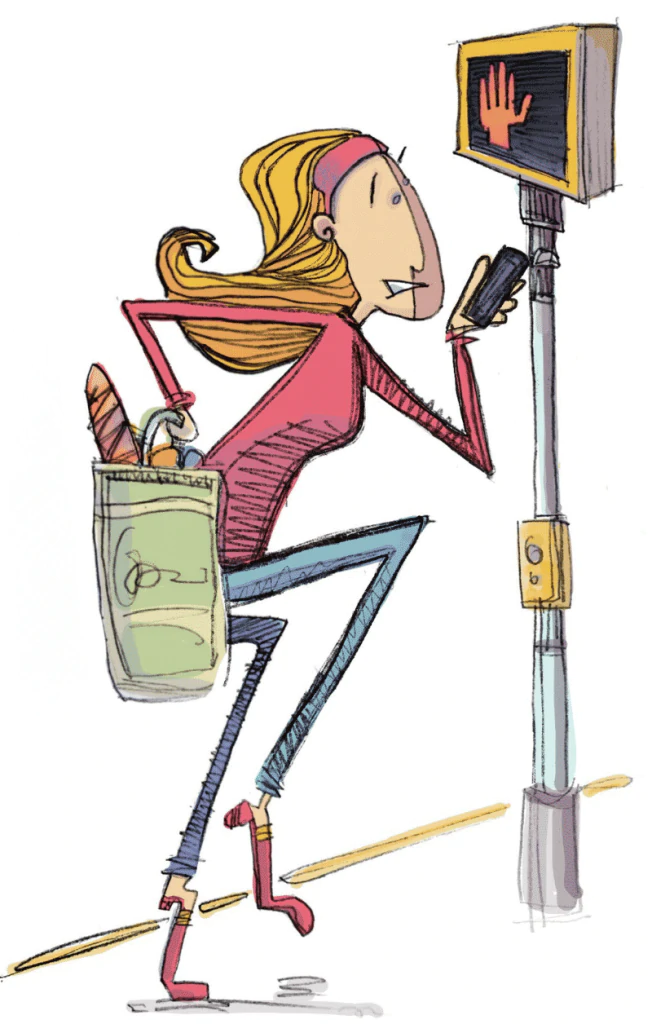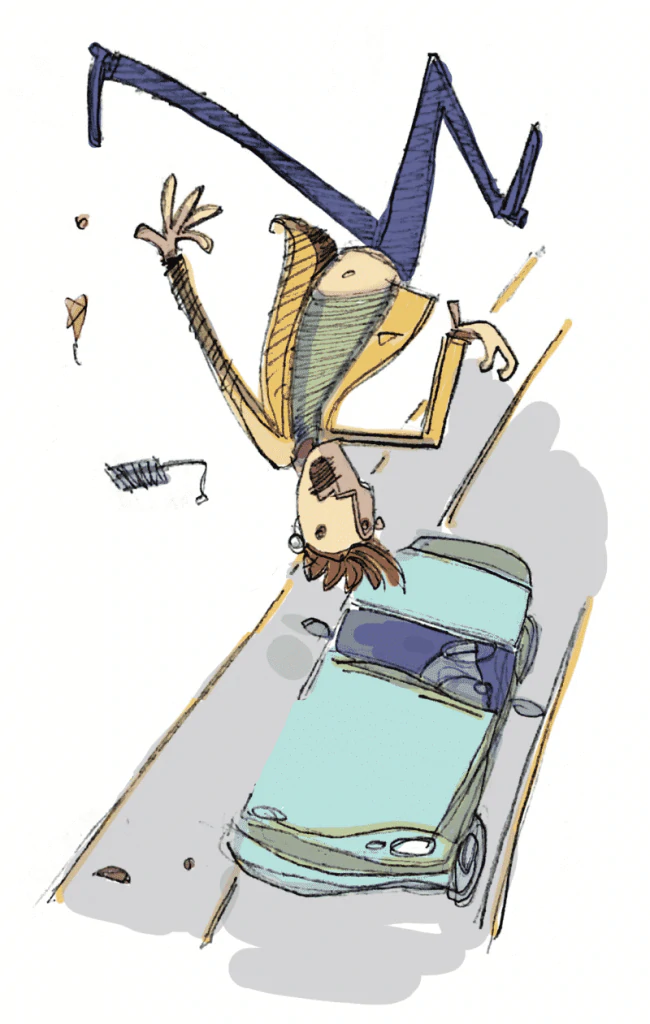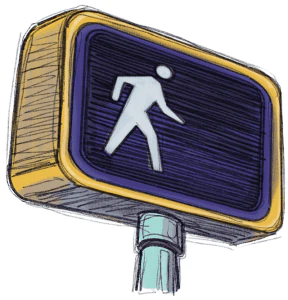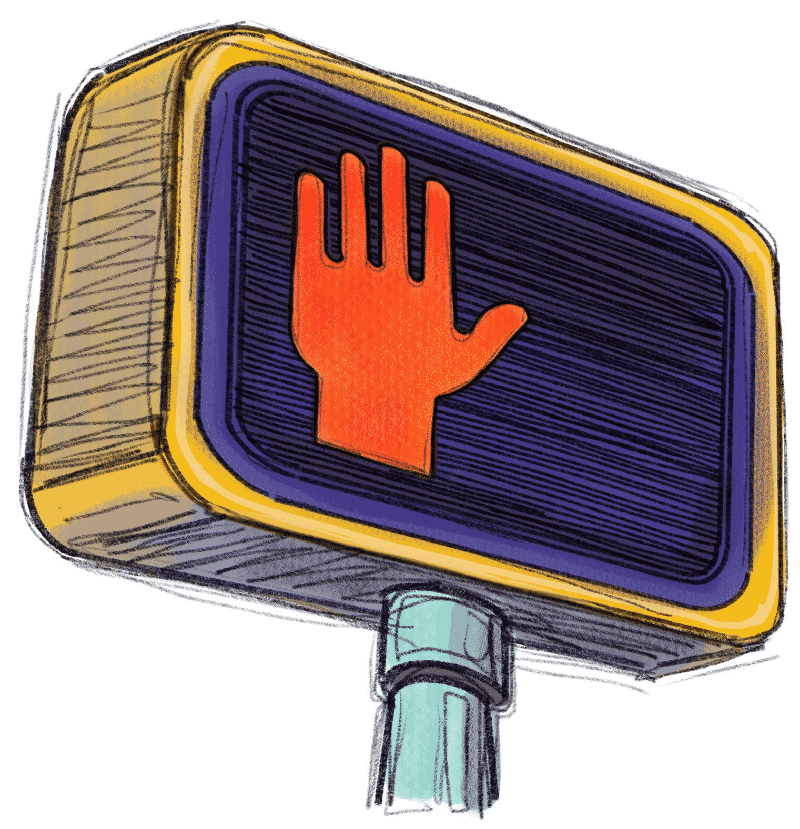Pedestrian deaths in the US occur much more frequently than in other developed countries. And they happen more often in poor communities than in wealthy ones. As baffling, after 30 years of falling statistics regarding pedestrian fatalities, the rates of death in this country have climbed every year since 2010. 2018 pedestrian fatalities reached 6,227 here, the highest number since 1990. That would make it the deadliest year in almost three decades. And injuries are also on the rise.
Over the past ten years, US pedestrian death has risen 35% while other forms of roadway death have declined 6%. So, they account for a greater share of all traffic death: 16% in 2018 and “only” 12% in 2008.
Elsewhere in the world, pedestrian deaths are dropping. Beginning around 2000, the European Union (EU) started requiring automakers to adhere to pedestrian safety standards before they could sell vehicles. The EU rules have forced automakers to redesign the fronts of vehicles with softer bumpers, reposition engine parts and raise the height of front ends and hoods. These changes mitigate the impact of cars striking walkers’ heads and legs. The regulations helped pedestrian fatalities decline over 35% in the EU over a recent ten-year period. Japan adopted rules similar to those in Europe and has enjoyed declines in pedestrian deaths.
On a death-or-injury-per-million-miles-driven basis, those inside a car have never been safer. Seat belts, airbags, a variety of design improvements in vehicle structure along with serious drunk driving enforcement have all lowered driver and passenger death rates. But pedestrians are being killed faster than ever.

Cell phones, alcohol and other distractions (among walkers and drivers alike) no doubt contribute. But these are universal problems and don’t explain why the US dilemma is so much greater than elsewhere.
Every analysis of pedestrian activity suggests we aren’t walking more. Instead, the explanation seems to be the design of roads and cars. Plus, their use. It turns out that the most dangerous intersections in the country are in low-income areas. These areas are minority neighborhoods in sun belt cities. It seems wide roads, especially those with five or six lanes with higher speed limits make up important thoroughfares in the middle of these cities. There, pedestrians cross large expanses, often without median islands, sidewalks or even crosswalks.
Nearly half of all pedestrian/automobile collisions occur after dark, between the hours of 6 p.m. and 9 p.m.
Plus, lighting is important. Nearly half of all pedestrian/automobile collisions occur after dark, between the hours of 6 p.m. and 9 p.m. Fully 75% of pedestrian deaths happen at night. So roadside lighting is critical, along with traffic and other engineering features. And, the increase in the number of large vehicles, especially SUVs, seems to contribute. SUV-related pedestrian deaths increased 50% in the five years leading up to 2018, but with a 30% increase among other vehicles.

According to the California Highway Patrol, in Los Angeles, nearly two-thirds of pedestrian deaths and injuries from 2009 to 2013 happened on only 6% of streets. The streets in question are main arteries. And they are the ones with the stores, schools, bus stops and other facilities people need. These neighborhoods are where minority and low-income people live. As a result, on average, US pedestrian deaths occur 1.5 times per year per 100,000 people. In areas where the annual income is $36,000 or less, the death rate was 2.5 per 100,000 people.
From 2013 through 2017, pedestrians’ deaths fell 45% in NYC. San Francisco had a 41% drop over the same time span.
Strong government policy undoubtedly helps. New York City and San Francisco have successfully instituted a program called Vision Zero. The steps taken included lowering the citywide speed limit from 30 to 25 mph and many infrastructure improvements. From 2013 through 2017, pedestrians’ deaths fell 45% in NYC. San Francisco had a 41% drop over the same time span.

It should be noted that American automobile manufacturers selling in the EU already meet EU safety requirements. There is, therefore, no design, manufacturing or technological challenge for them to overcome. They are already conquered. So, adopting these clearly beneficial standards would help keep Americans safer.




